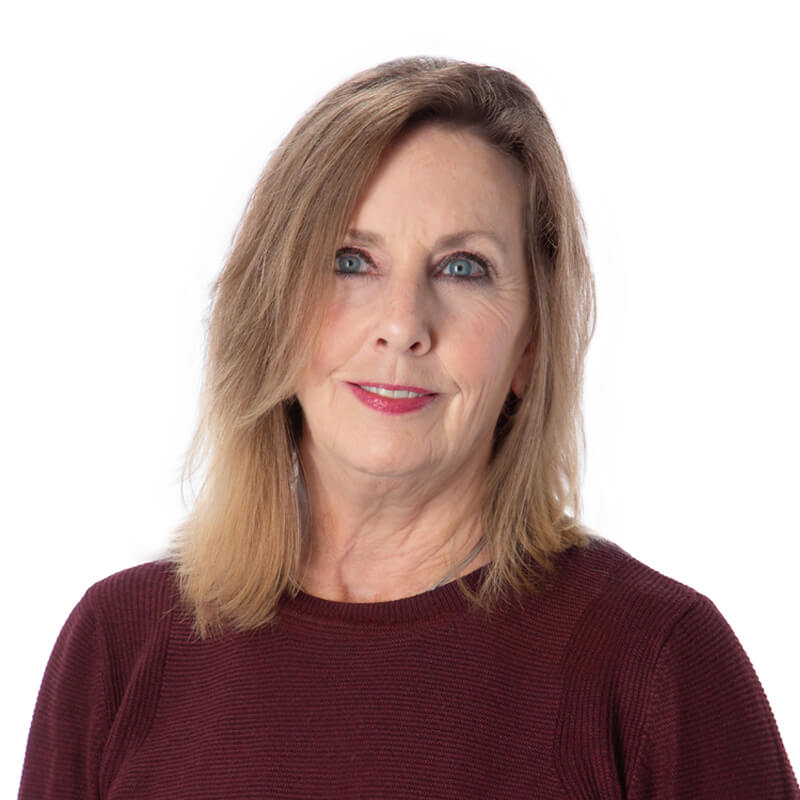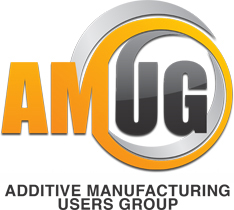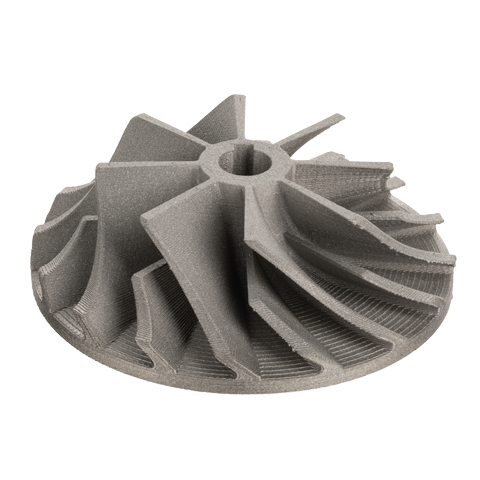The official definition of Investment casting is an industrial process based on lost-wax casting, one of the oldest known metal-forming techniques. The term "lost-wax casting" can also refer to modern investment casting processes.
Additive manufacturing technologies are rapidly evolving and their applicability to investment casting grows with it. Instead of using injection-molded wax patterns companies can now also choose to directly 3D print patterns using Stereolithography (SLA) and MultiJet (MJP) materials. Using these AM technologies and 3D printer software such as 3D Sprint from 3D Systems, you can streamline your time and labor-intensive process to advance production and reduce expenses. Today this is referred to by 3D Systems as "digital foundry" which enables foundries to deliver a new level of service to their customers. There is no need to change anything in the workflow process. More importantly, they can expect patterns in hours rather than days or weeks. Foundries that want to compete in this market and maintain a competitive edge should be using additive manufacturing or... be left behind.
With the new technologies for investment casting, foundries will be able to:
- Produce low volumes of casted parts from a CAD model in 24-48 hours
- Reduce the costs of tooling
- Eliminate the time it takes to produce tooling
- Reduce costs and space for tooling storage
- Deliver unmoldable products
Using powerful software such as 3D Sprint from 3D Systems you can apply chemical etching offsets. Apply scale compensation for metal shrinkage. Digitally create and position gates and vents. Create sectioning of large parts and joints. Prepare and optimize files for printing.
Print your master pattern by choosing between plastic and wax master patterns. But how do you determine which type of master pattern? Let me summarize the differences:
With MultiJet printing (MJP) for wax casting patterns, you use 100% real wax printing technology. This technology is great for small to medium size parts typically less than 8 inches in X, Y, and Z geometry. These patterns are significantly lower in cost due to the material costs. They are produced in less time than traditional patterns production again for low to medium volume prints. You can expect accuracy and repeatability with wax patterns and fits into the existing investment casting process. Also, ideal for customized metal components to bridge manufacturing.
With Stereolithography (SLA) for plastic casting patterns, you would use a castable resin material. This provides you with highly accurate, high yield, large parts, and very complex lightweight master patterns. They will maintain dimensional stability over years. Typically, there is less manual finishing and labor expense with SLA processes. 3D Systems uses a QuickCast resin that is 30% lighter weight and provides consistent strength X, Y, Z geometries.
To learn more watch, the 3D Systems YouTube video. Understanding How 3D Printed Casting Patterns Work in the Foundry






